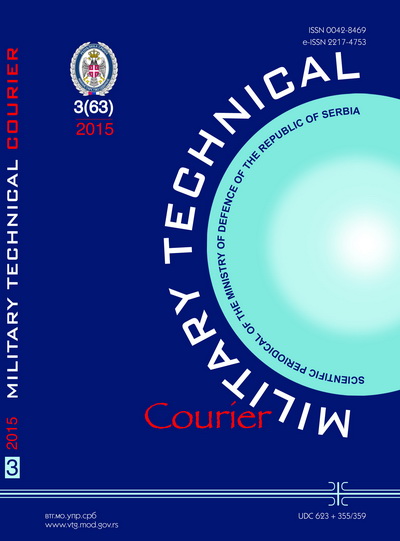Characteristics of APS and VPS plasma spray processes
Abstract
Plasma is an electrically conductive gas containing ions, electrons and neutral molecules. This state of matter is created by an electrical discharge and can be maintained at steady state by introducing alternating or direct current. The paper describes the structure of plasma, the thermodynamic characteristics and a method of creating plasma that allow the application of plasma as a source of energy for plasma spray processes. In general, all existing materials in a form of powder may be deposited by plasma coating on the surfaces of various materials. At high temperatures, powder material particles are introduced into a conductive plasma gas, melting and accelerating to the substrate to form coatings. The wide use of plasma spray coatings in all industrial areas is of particular importance, because different combinations of surface layers can significantly increase the resistance of machine parts to: wear, abrasion, erosion, cavitation, corrosion and fatigue resistance at low and elevated temperatures with increased resource and reliability of the parts in service.
Proposed Creative Commons Copyright Notices
Proposed Policy for Military Technical Courier (Journals That Offer Open Access)
Authors who publish with this journal agree to the following terms:
Authors retain copyright and grant the journal right of first publication with the work simultaneously licensed under a Creative Commons Attribution License that allows others to share the work with an acknowledgement of the work's authorship and initial publication in this journal.
- Authors are able to enter into separate, additional contractual arrangements for the non-exclusive distribution of the journal's published version of the work (e.g., post it to an institutional repository or publish it in a book), with an acknowledgement of its initial publication in this journal.
- Authors are permitted and encouraged to post their work online (e.g., in institutional repositories or on their website) prior to and during the submission process, as it can lead to productive exchanges, as well as earlier and greater citation of published work (See The Effect of Open Access).

